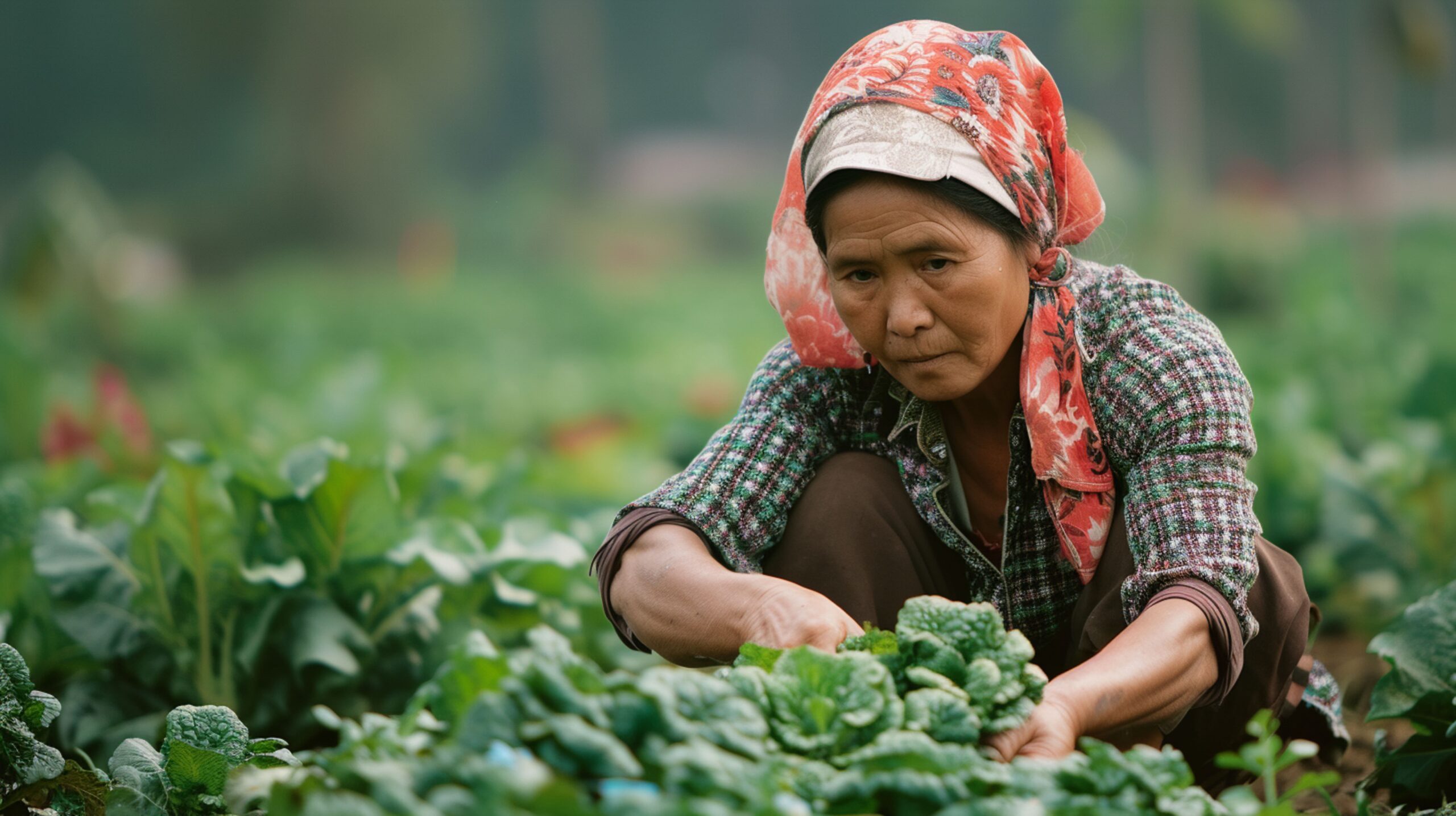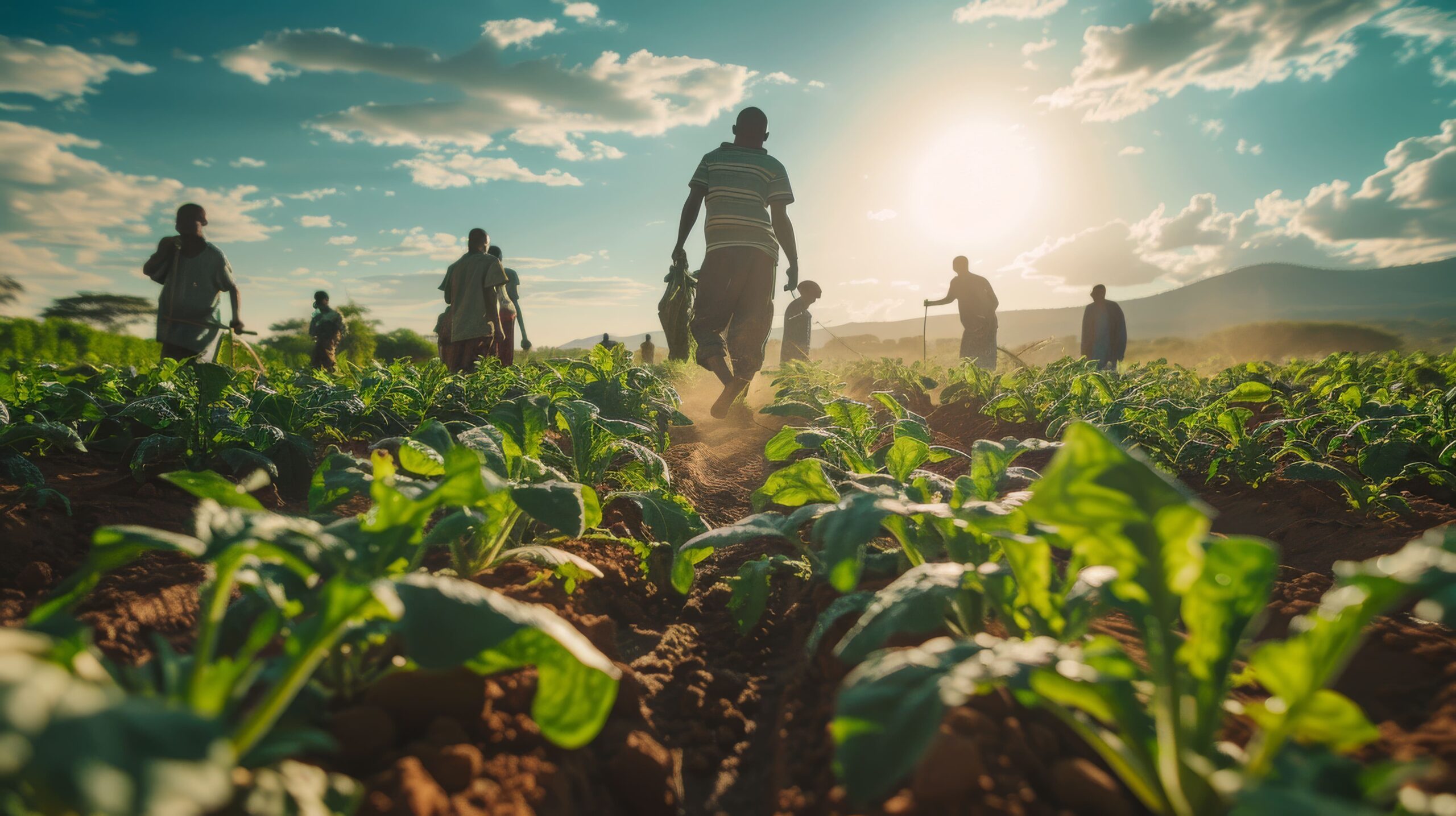
India’s vast agricultural sector is the backbone of the nation. However, marginal farmers, cultivating small plots with limited resources, often struggle. Traditional practices, reliant on erratic rainfall and expensive diesel, restrict yields and leave them vulnerable to climate change. But a beacon of hope is emerging – a renewable energy revolution powered by bio-Compressed Natural Gas (bio-CNG), solar, and wind!
For millions of marginal farmers, especially in developing countries, life is a constant struggle. Grid access can be limited or unreliable, leaving them dependent on expensive diesel generators or simply going without power. This lack of access to electricity hinders their ability to irrigate crops, process agricultural products, and refrigerate perishable goods. But what if there was a solution that could empower these farmers, boost their livelihoods, and promote sustainable practices? Enter the power of renewable energy.
The Struggle is Real: Challenges Faced by Marginal Farmers
- Energy Poverty: Lack of access to reliable and affordable electricity restricts irrigation options, hindering crop yields and income generation.
- Post-Harvest Losses: Without proper refrigeration, perishable crops spoil quickly, leading to significant waste and financial losses.
- Dependence on Expensive Generators: Diesel generators are a noisy and costly solution, impacting both farmer income and the environment.
Renewable Energy: Shining a Light on a Brighter Future
Renewable energy sources like solar power offer a game-changing solution for marginal farmers. Here’s how:
- Empowering Irrigation: Solar-powered pumps provide a reliable and cost-effective way to irrigate crops, increasing agricultural productivity and reducing dependence on rainfall.
- Preserving Produce: Solar-powered cold storage facilities help farmers store perishable goods, minimizing post-harvest losses and enhancing their income potential.
- Eco-Friendly Operations: Renewable energy sources like solar and wind power eliminate dependence on fossil fuels, reducing greenhouse gas emissions and promoting environmental sustainability.
Beyond the Benefits: A Ripple Effect for Communities
The impact of renewable energy extends beyond individual farms. Here’s how it fosters a ripple effect:
- Economic Growth: Increased agricultural productivity translates to higher incomes for farmers, boosting local economies and creating job opportunities.
- Improved Food Security: Reliable irrigation and storage facilities ensure stable food production and availability, benefiting entire communities.
- Empowering Women: Access to electricity empowers women in farm households by providing opportunities for value-added processing and income generation activities.
Investing in the Future: Enabling the Transition
Several key actions can facilitate the transition to renewable energy for marginal farmers:
- Microfinance and Subsidies: Government initiatives and microfinance institutions can make renewable energy solutions more affordable through loans and subsidies.
- Capacity Building: Training programs can equip farmers with the knowledge and skills to operate and maintain renewable energy systems efficiently.
- Community-Based Projects: Encouraging collaboration between farmers and local cooperatives can optimize resource allocation and ensure wider adoption of renewable energy.
A Call to Action: Be Part of the Change
The shift towards renewable energy for marginal farmers is not just a technological advancement; it’s a social and economic transformation. By supporting initiatives that promote renewable energy access, we can empower farmers, ensure food security, and build a more sustainable future for all. Let’s work together to make this vision a reality!
Renewables: A Sustainable Solution for a Thriving Future
Bio-CNG, solar, and wind power are transforming the landscape for marginal farmers in India:
- Bio-CNG Pumps: Locally produced bio-CNG from agricultural waste fuels irrigation pumps, offering a clean, reliable, and cost-effective alternative to diesel. This empowers farmers, reduces dependence on the grid, and promotes waste management.
- Solar Powerhouse: Solar panels provide clean electricity for irrigation, food processing, and lighting. This reduces reliance on the grid and expensive generators, while promoting energy independence.
- Wind Power Potential: In windy regions, wind turbines can generate electricity for farm operations, contributing to a clean and sustainable energy mix.
Beyond the Farm: A Ripple Effect for Rural India
The benefits of renewable energy for marginal farmers extend far beyond their fields:
- Economic Upliftment: Increased productivity and income generation empower farmers, stimulate local economies, and create job opportunities in renewable energy installation and maintenance.
- Enhanced Food Security: Reliable irrigation and processing capabilities ensure consistent food production, contributing to a more stable food supply for the nation.
- Climate Champions: By replacing fossil fuels, renewable energy reduces greenhouse gas emissions and promotes environmental sustainability, combating climate change.
Mainstreaming the Movement: Overcoming Challenges
For wider adoption, some key challenges need to be addressed:
- Accessibility and Affordability: Government initiatives and microfinance institutions can make renewable energy solutions more accessible through subsidies and loans.
- Building Awareness: Educational programs can inform farmers about the benefits and economics of renewable energy technologies.
- Infrastructure Development: Investing in rural infrastructure, like mini-grids and bio-CNG production facilities, is crucial for wider implementation.
Beyond the Farm: A Ripple Effect for a Greener Tomorrow
The benefits of this renewable energy revolution extend far beyond individual farms:
- Economic Upliftment: Increased productivity, value addition, and income generation empower farmers, stimulate local economies, and create job opportunities.
- Enhanced Food Security: Reliable irrigation, storage facilities, and processing capabilities ensure consistent food production, contributing to a more stable food supply for the nation.
- Climate Champions: By eliminating reliance on fossil fuels and promoting waste-to-energy solutions, this approach reduces greenhouse gas emissions and fosters environmental sustainability.
Mainstreaming the Movement: Overcoming Challenges
For this renewable energy revolution to reach every corner of India, some hurdles need to be addressed:
- Accessibility and Affordability: Microfinance initiatives and government subsidies can make these solutions more accessible through loans and grants.
- Building Capacity: Training programs can equip farmers with the knowledge and skills to operate and maintain these systems effectively.
- Collaborative Approach: Encouraging partnerships between farmers, cooperatives, and renewable energy companies can streamline resource allocation and facilitate wider adoption.
Be Part of the Change: Join the Renewable Revolution
The transition to renewable energy for marginal farmers in India is a collective effort. Here’s how you can contribute:
- Advocate for Change: Support policies that promote renewable energy access and bio-CNG production in rural areas.
- Invest in the Future: Consider supporting NGOs working on renewable energy projects for marginal farmers.
- Spread Awareness: Share information about the power of renewables for sustainable agriculture with your network.
By supporting this movement, we can empower marginal farmers to become mainstream players in India’s sustainable agricultural future. Together, let’s cultivate a future where clean energy and resilient agriculture go hand in hand, ensuring a brighter tomorrow for rural India and the environment.
Title: Marginal No More: How Renewables (Bio-CBG, Solar, and Wind) are Mainstreaming Sustainable Farming in India
In the vast agricultural landscapes of India, where livelihoods are deeply intertwined with the land, a transformative shift is underway. Marginal farmers, often overlooked and underserved, are emerging as pioneers of sustainable farming practices, empowered by the integration of renewable energy technologies. From bio-CBG (Compressed Biogas) to solar and wind power, these renewables are not just changing the way farmers access energy but are also mainstreaming sustainable agriculture practices across the country. In this blog post, we delve into how these renewable sources are reshaping the agricultural landscape and propelling India towards a greener, more resilient future.
Empowering Farmers with Bio-CBG
Bio-CBG, derived from organic waste such as agricultural residue, animal manure, and organic household waste, holds immense potential as a clean, renewable energy source. For marginal farmers, who often grapple with the challenge of waste management and energy access, bio-CBG offers a dual solution. By harnessing bio-CBG through decentralized biogas plants, farmers can convert waste into wealth, generating clean cooking fuel, electricity, and organic fertilizer. This not only reduces their dependence on traditional fossil fuels but also mitigates greenhouse gas emissions and improves soil health.
Harnessing Solar Power for Sustainable Agriculture
In a country blessed with abundant sunlight, solar power has emerged as a game-changer for sustainable agriculture. Solar photovoltaic (PV) systems, ranging from small-scale rooftop installations to large solar farms, offer farmers a reliable and cost-effective source of electricity for irrigation, lighting, and other agricultural activities. Solar-powered irrigation pumps, in particular, have revolutionized farming practices, enabling farmers to irrigate their fields efficiently, even in remote or off-grid areas. By harnessing the power of the sun, farmers can reduce their operational costs, increase crop yields, and enhance their resilience to climate variability.
Riding the Winds of Change: Wind Energy in Agriculture
Wind energy, another renewable resource abundant in many parts of India, has immense potential to complement solar and bio-CBG technologies in powering sustainable agriculture. Wind turbines, strategically deployed across agricultural landscapes, can harness the kinetic energy of the wind to generate electricity for on-farm use or grid export. In regions with favorable wind conditions, wind-powered water pumps offer a reliable alternative to diesel or electric pumps for irrigation, helping farmers reduce their carbon footprint and operating expenses. By harnessing the power of the wind, farmers can diversify their energy sources and strengthen the sustainability of their operations.
Mainstreaming Sustainable Farming Practices
Beyond providing clean and reliable energy, renewables like bio-CBG, solar, and wind are driving the mainstream adoption of sustainable farming practices across India. From promoting organic farming and agroforestry to enhancing water efficiency and soil health, these technologies are catalyzing a holistic approach to agriculture that prioritizes environmental stewardship, economic viability, and social equity. By integrating renewable energy with sustainable farming practices, farmers can not only improve their own livelihoods but also contribute to broader goals of food security, climate resilience, and rural development.
Conclusion: Paving the Way for a Sustainable Agricultural Revolution
As we navigate the challenges of the 21st century, from climate change and resource scarcity to rural poverty and food insecurity, the role of renewables in mainstreaming sustainable farming practices has never been more crucial. By harnessing the power of bio-CBG, solar, and wind energy, marginal farmers in India are breaking free from the constraints of conventional agriculture and embracing a future that is regenerative, resilient, and inclusive. As these renewable technologies continue to evolve and expand, they hold the promise of transforming India’s agricultural landscape, empowering farmers, and paving the way for a sustainable agricultural revolution. Let us seize this opportunity to build a brighter, greener future for generations to come.



